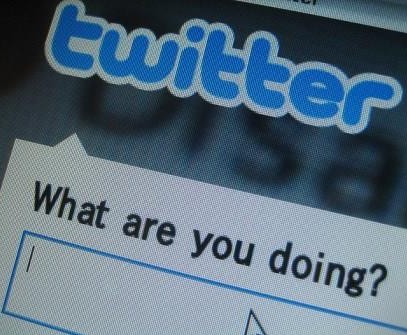This post is related to a column piece featured in today’s Guardian edition with the title ‘Born before 1985? Then you’re a ‘digital immigrant’’
The piece is not only ill informed; it also misleads readers in the interpretation of the impact of (digital) technology on the current society. None of this is helpful in demystifying an ageist, derogative, binary division of technology users that was firstly introduced in 2001 by Prensky. The digital immigrant and digital native fallacy has since then been heavily criticised through both empirical and theoretical work (see for example, Selwyn, 2009; White and Cornu, 2011). And Prensky himself came to admit the flaws of such assumptions; not research. However, this populist view still seems to have currency amongst a less well informed audience, and which this piece seems to want to encourage.
The title is just a pretext to talk about… well it’s hard to understand what the focus of the article is. It starts by addressing changes in music, but even there the perspective shared is skewed. It does not acknowledge emergent practices in the field of music. Yet it attempts to make random connections to other phenomena (!), as evidenced through the sentence example:
The days of local rehearsal rooms and recording studios are on the wane thanks to rocketing property prices and technological advances (though Kwes has a cool-sounding place in a remodelled freight container).
That rocketing property prices in London is a big issue right now no one can deny, but I fail to see the direct connection with the development of ‘lonely’ music. Are we just trying to condense different ‘hot topics’ in one single piece?
If there is something that technology has enabled is the creation of virtual studios and artist-led music through the affordances technology provides. With it new collaborative opportunities and cooperative ventures have been enabled. This has empowered musicians (professional or not) to record and distribute their music without the control of record labels, thus creating a much more eclectic music scene worldwide than ever before. The quality of the music published is variable, we may argue, but that is the result of democratising such process… if we believe that all the music that came before was of equal high standard, that is.
The digitisation of music and the associated process of music making has benefited different generations who can now share their music with a wider audience. This obviously has implications for record labels and established musicians who now face a kind of competition that is far more unpredictable, creative and spontaneous. We could say that new technology, and especially the web, has triggered the rebirth of indie music. How can that be a bad thing?
Laverne then moves on to share her understanding of Michael Harris’ book (‘The End of Absence’). Through him she asserts that the generations born before the introduction of digital technology have lived through a technological transition and that the generations to come will not be aware of what came before. How different is that from other technological developments that have marked our society? I’d argue it is rather part of our History. McLuhan (1964) himself did reflect on this. He talked about it in terms of hybridizations that happen when a society moves from one dominant medium to another. Yet, the transition from the analogue world to the digital one is not a straightforward one nor can it be perfectly delimited through the distinction of one generation in relation to another. There are many other aspects that come into play, such as people’s economic and cultural capital, the social fields they belong to and the dispositions they develop through their membership in such spaces. This is something this piece vehemently ignores and which it tries to disguise with questions that it has no intention to answer:
Are we losing the ability to think deeply? To remember? How is “continuous partial attention” changing our culture and our brain chemistry?
Research is still inconclusive in this area given the novelty of the phenomenon, but new research has come to assert that in the presence of appropriate technology and with the right teaching and learning approaches it is more likely to contribute to deeper learning than it is to damage it (See Vander Ark and Schneider, 2012).
The bottom line is that when technology changes, our practices change too. Yet, the opposite is also true: technology is changed and developed to adapt and meet new human needs. It’s a reciprocal relationship/effect.
In short, I found the article really hard to follow and not helpful at all because of the lack of a concrete argument. I guess the greatest absence this piece has to report on is better informed journalism.
References:
McLuhan, M. (1964). Understanding Media: The Extensions of Man. Routledge.
Prensky, M. (2001), “Digital natives, digital immigrants,” On the Horizon, volume 9, number 5
Selwyn, N. (2009). The digital native – myth and reality. Aslib Proceedings: New Information Perspectives, 61(4), 364–379.
Vander Ark, T. & Schneider, C. (2012). How Digital Learning Contributes to Deeper Learning | EDUCAUSE.edu. http://www.educause.edu/library/resources/how-digital-learning-contributes-deeper-learning
White, D. S. & Cornu, A. L. (2011). Visitors and Residents: A new typology for online engagement. First Monday, 16(9).









